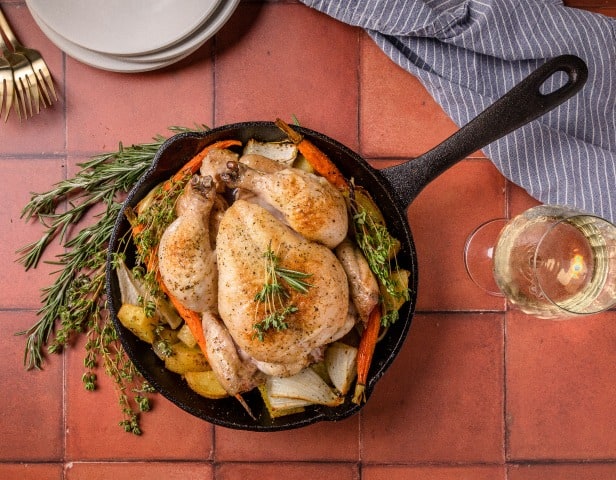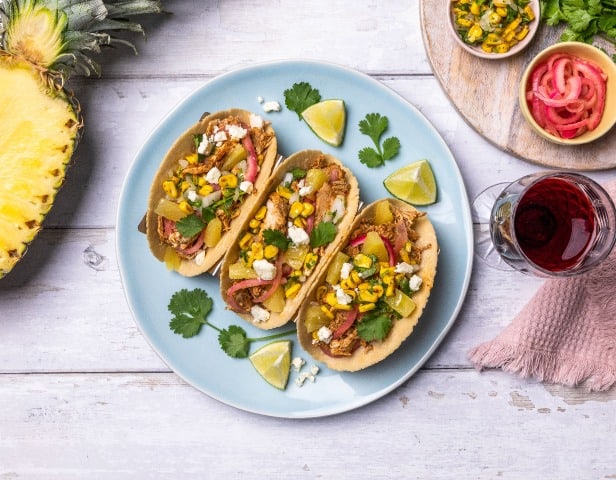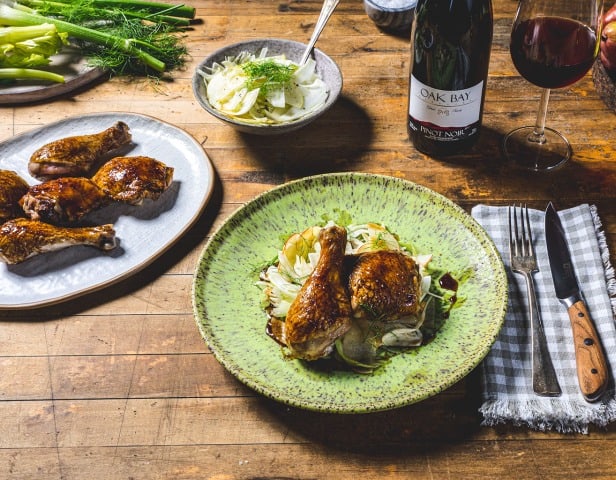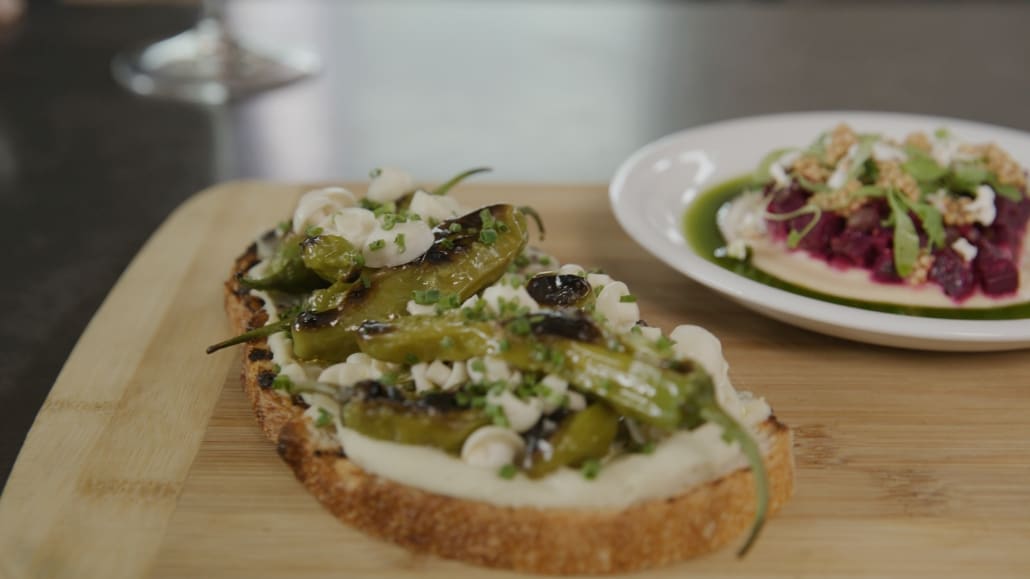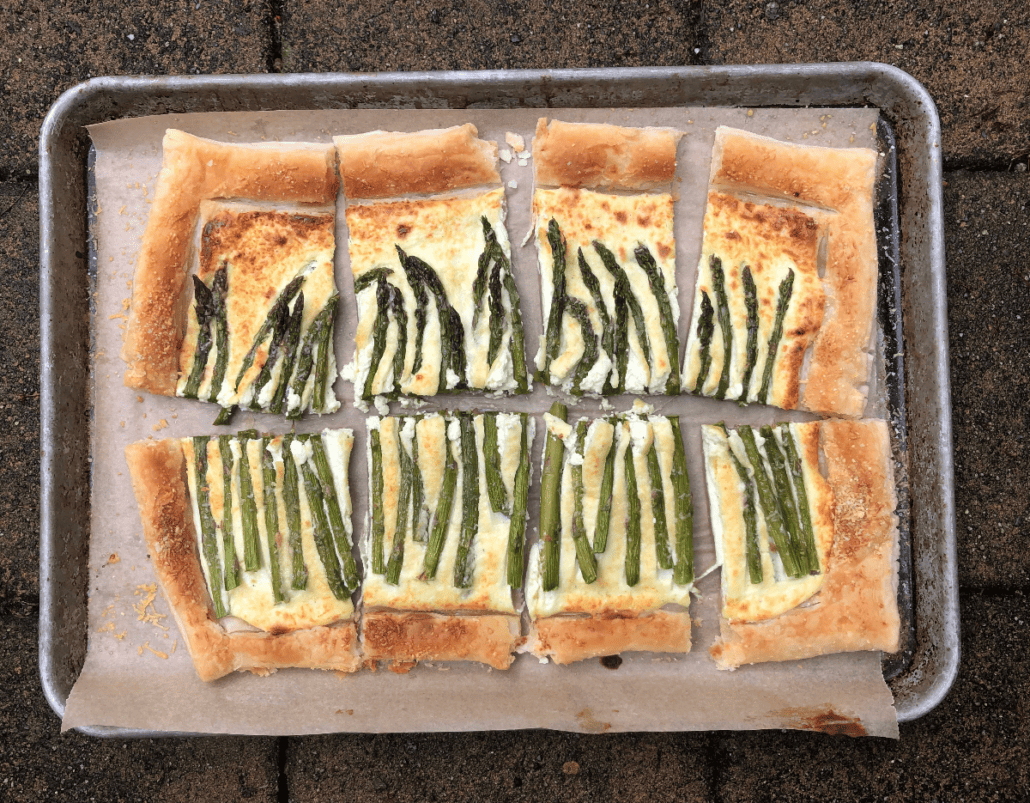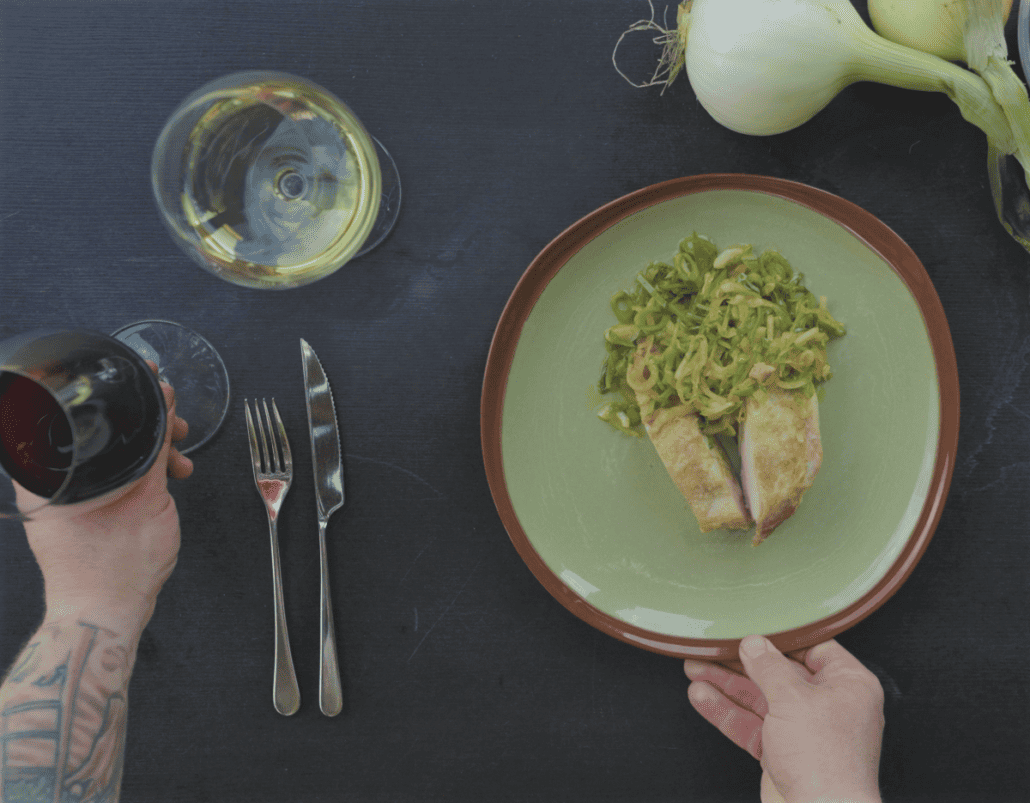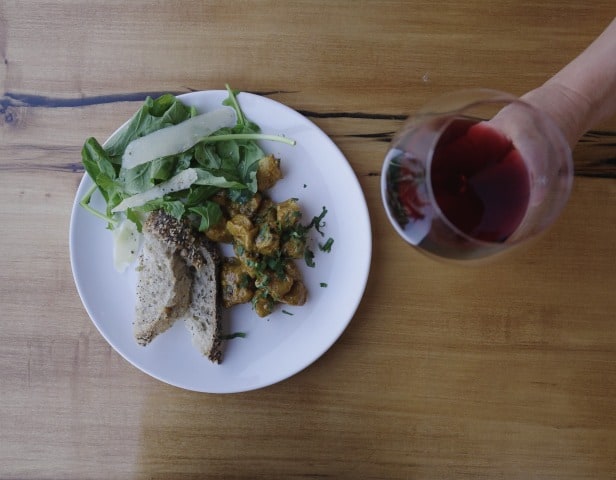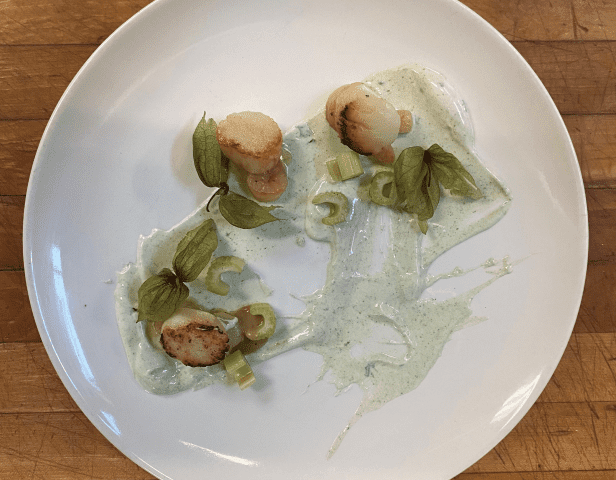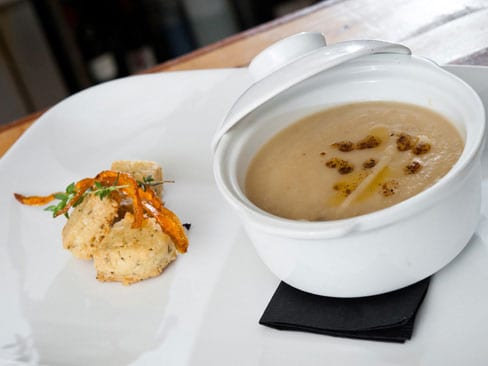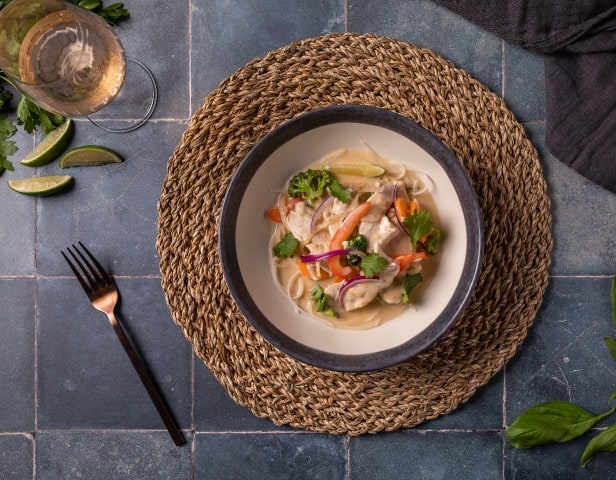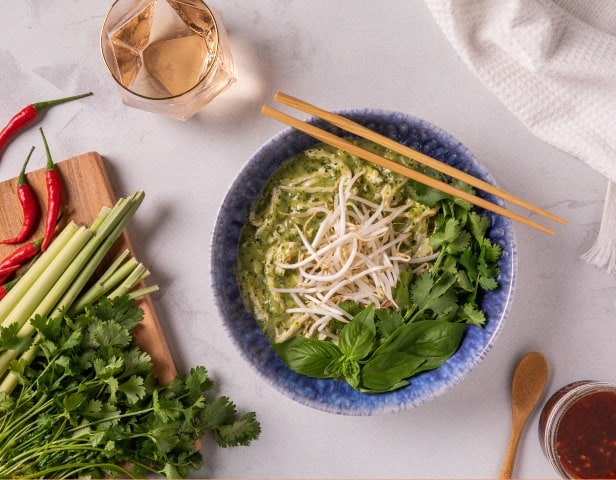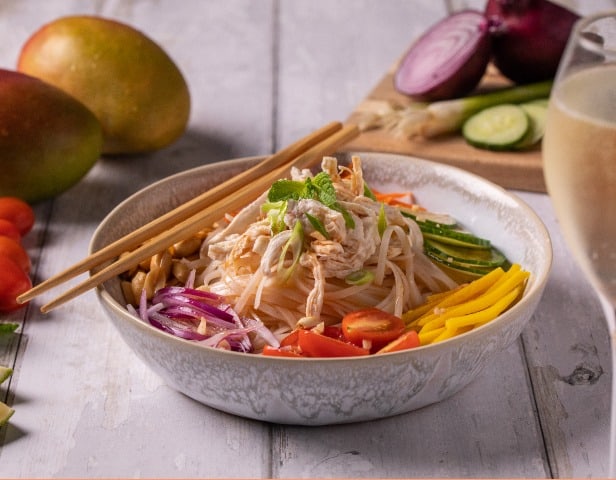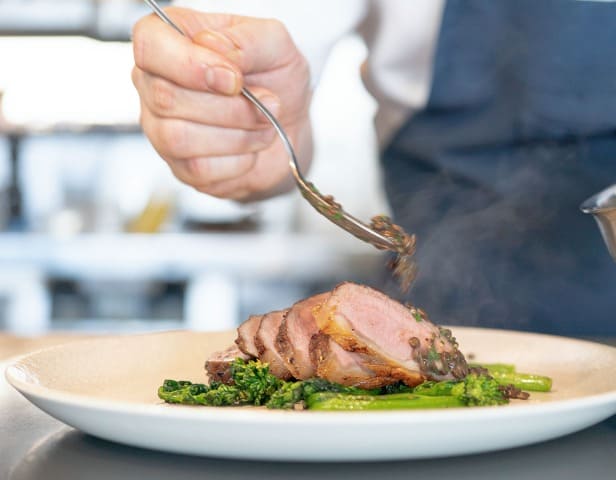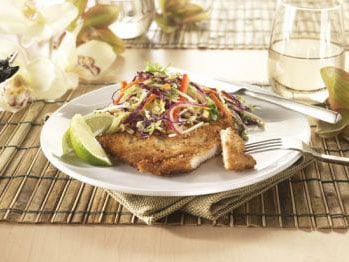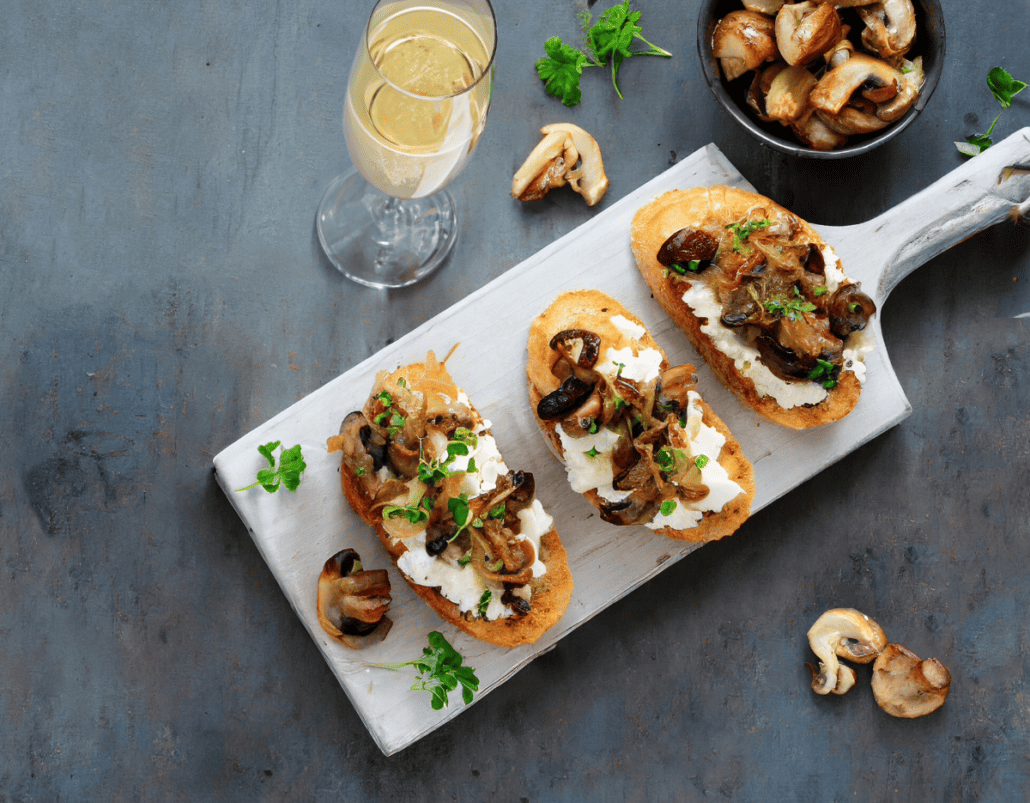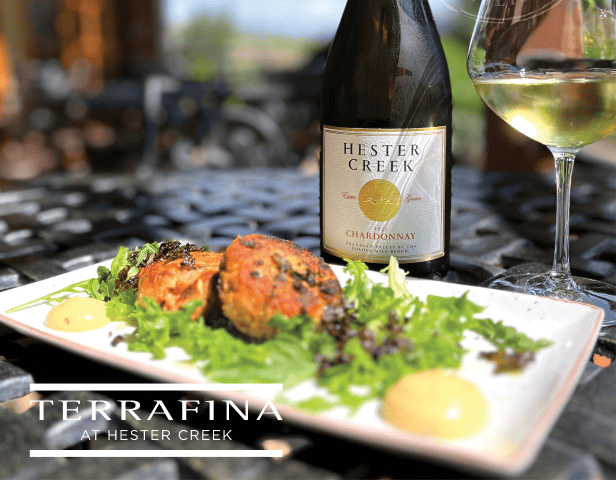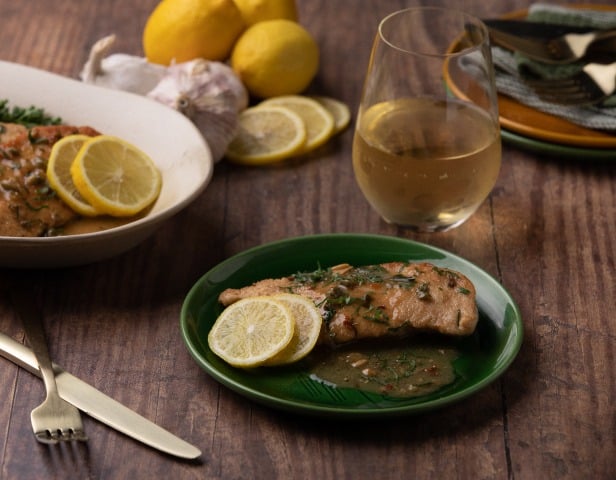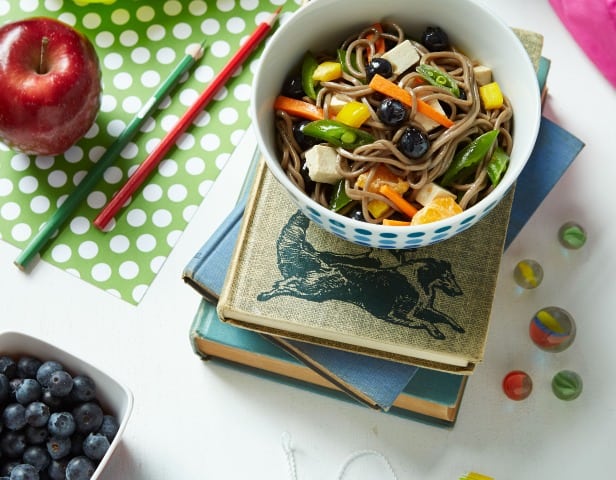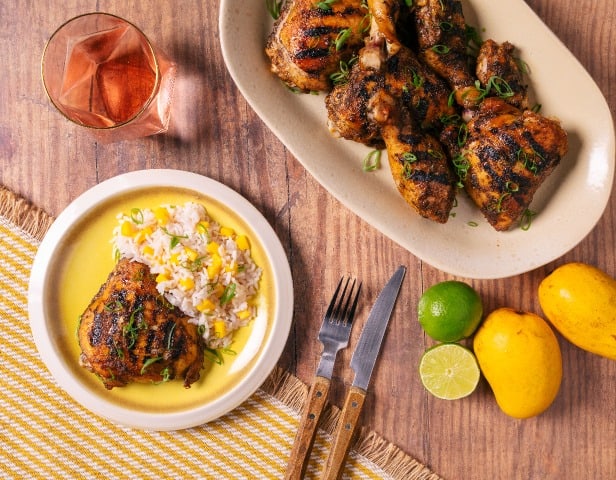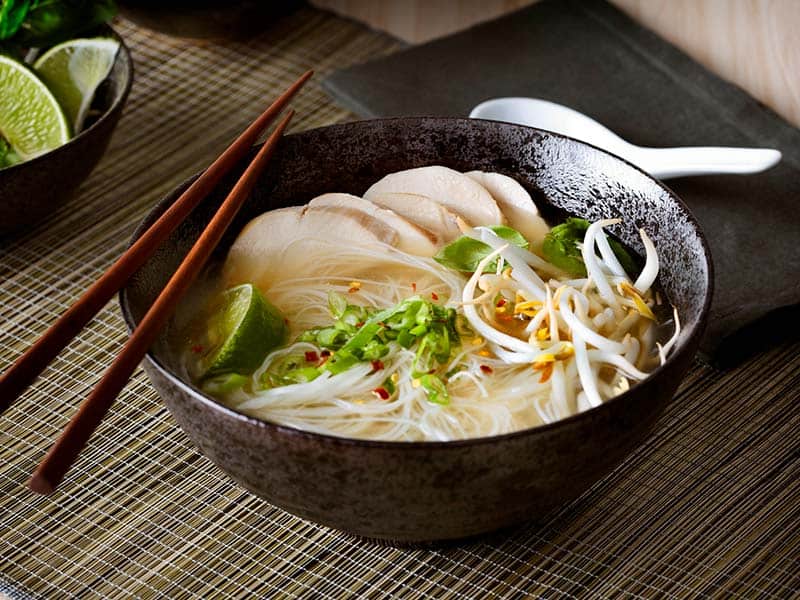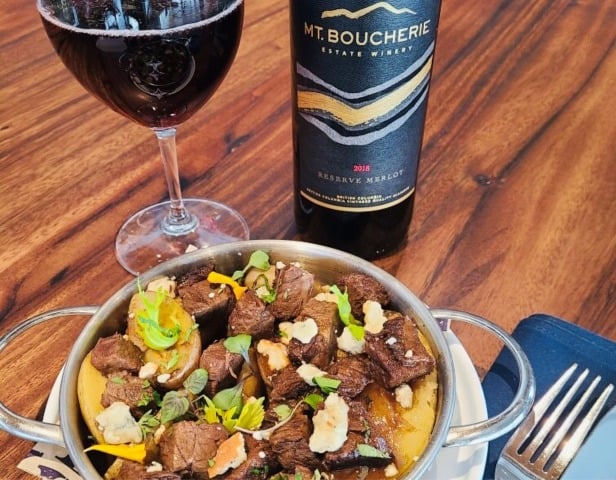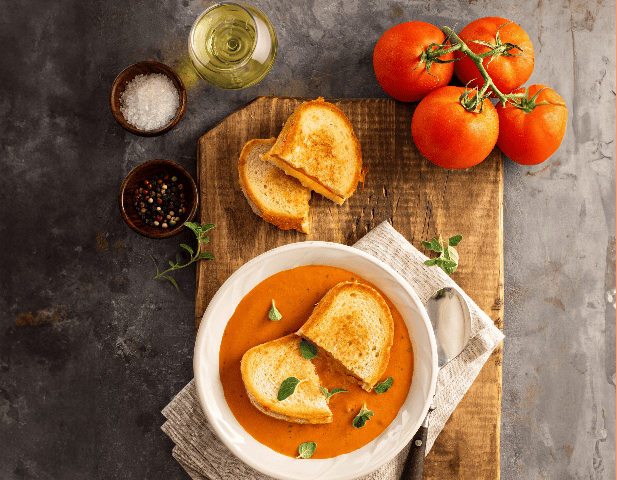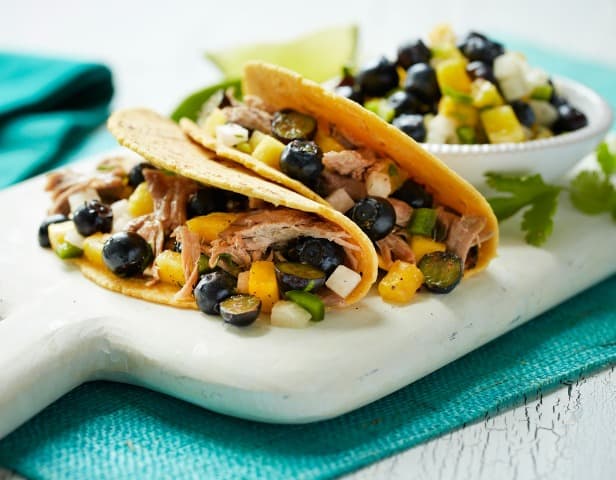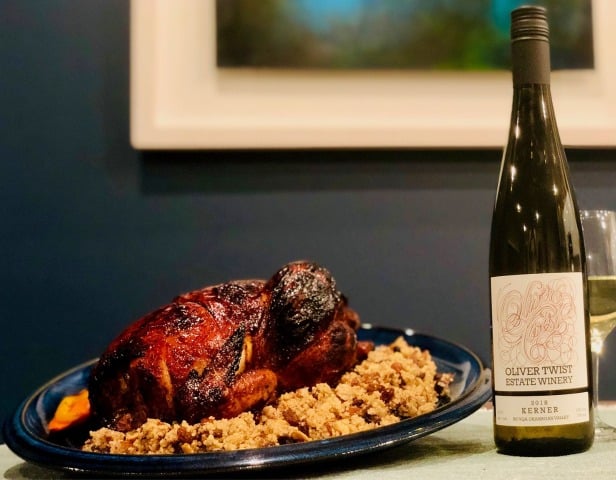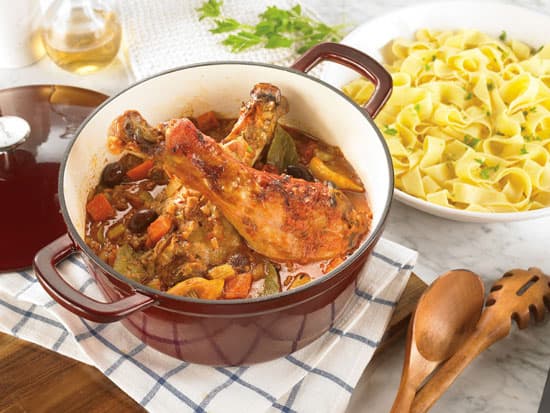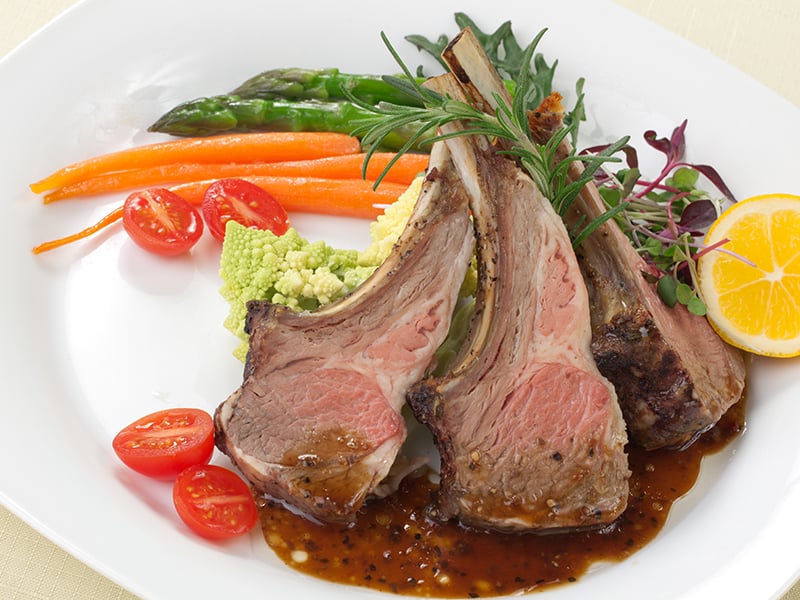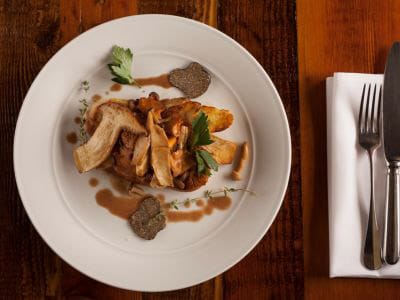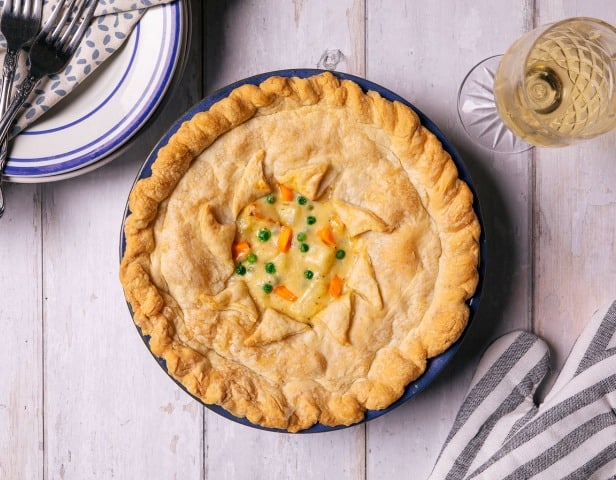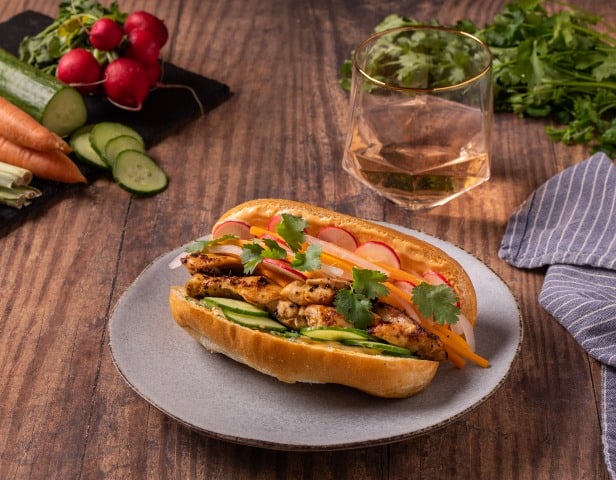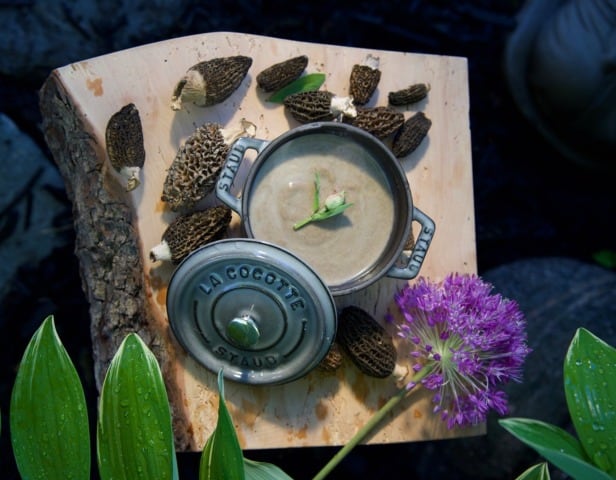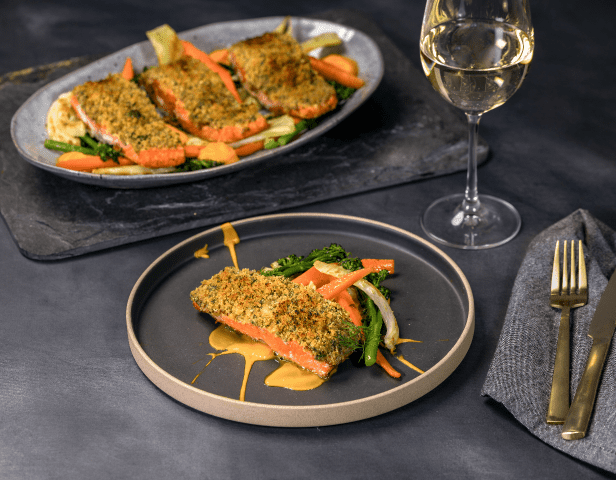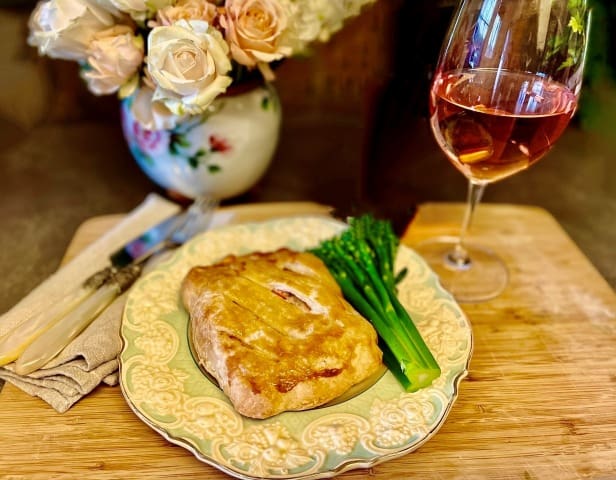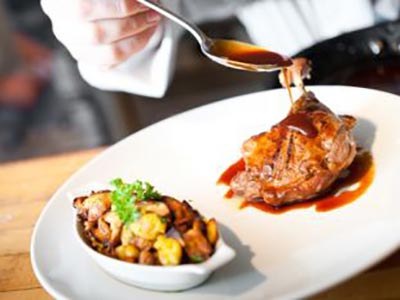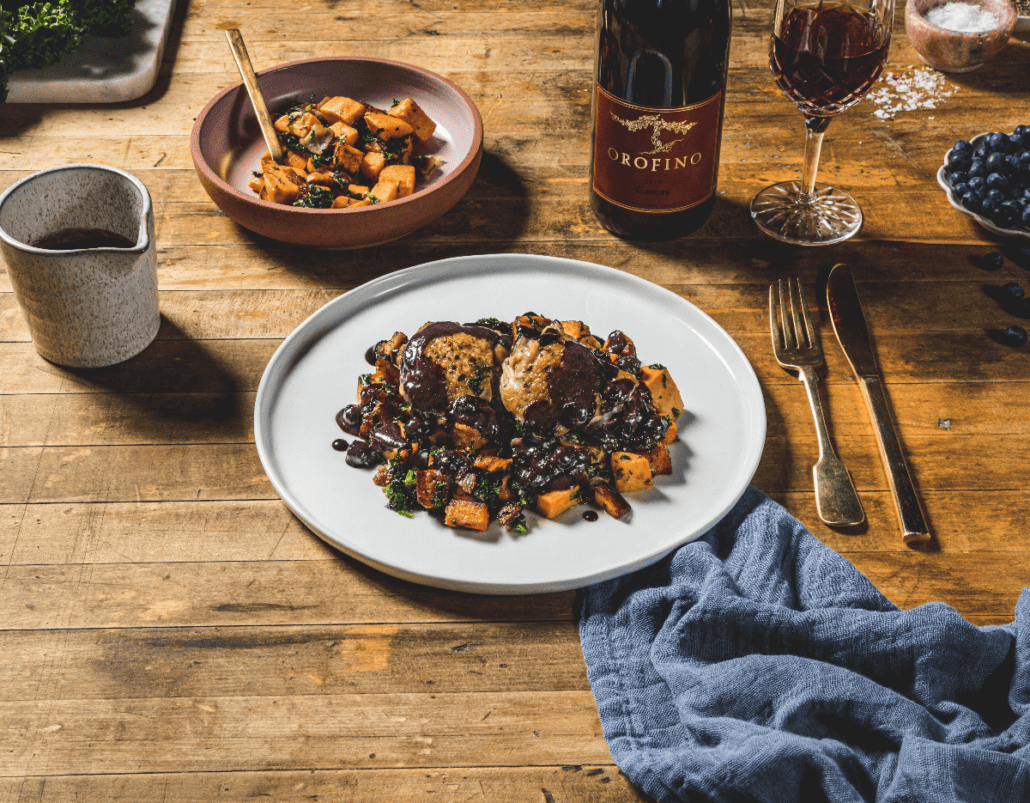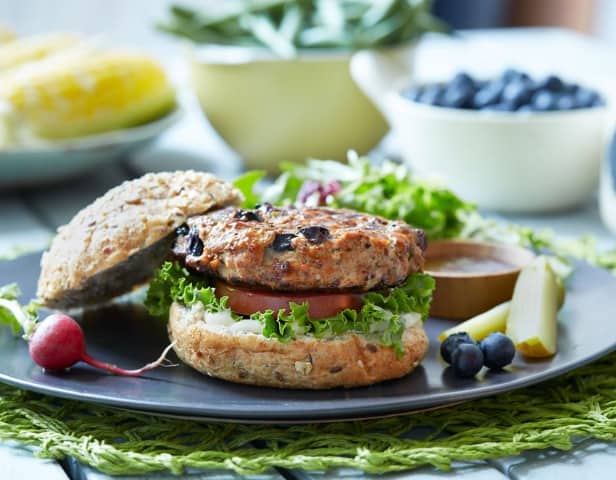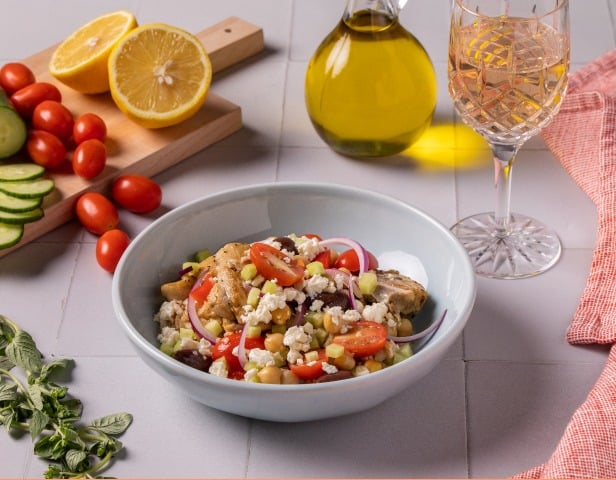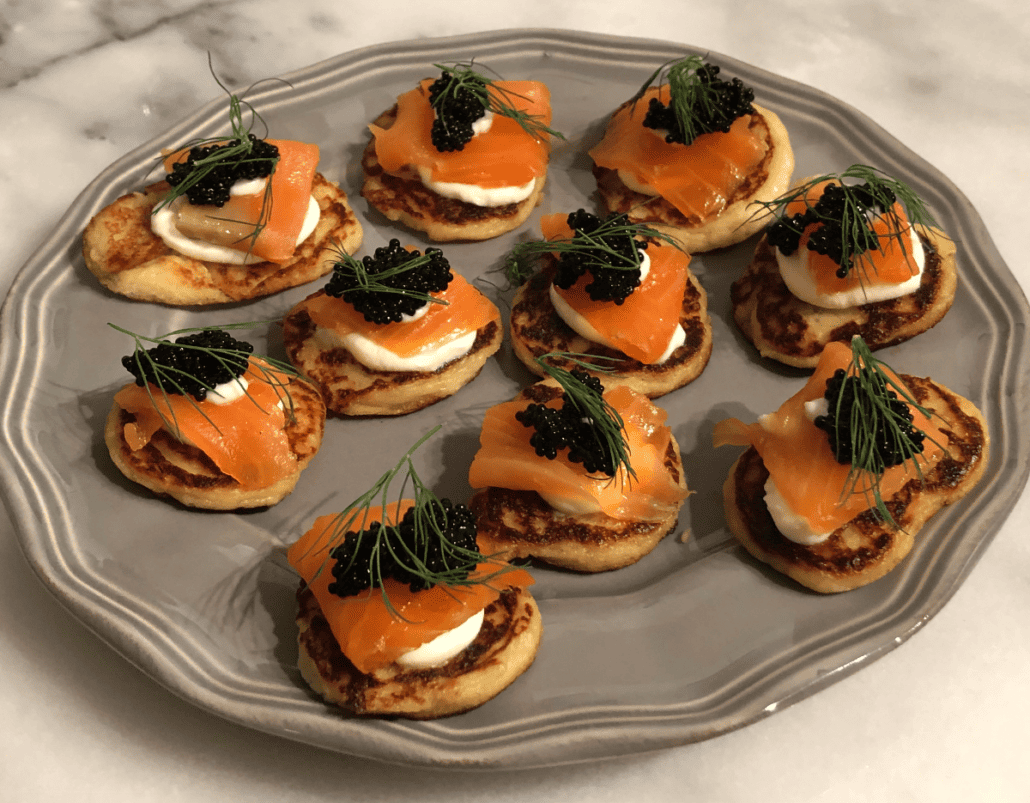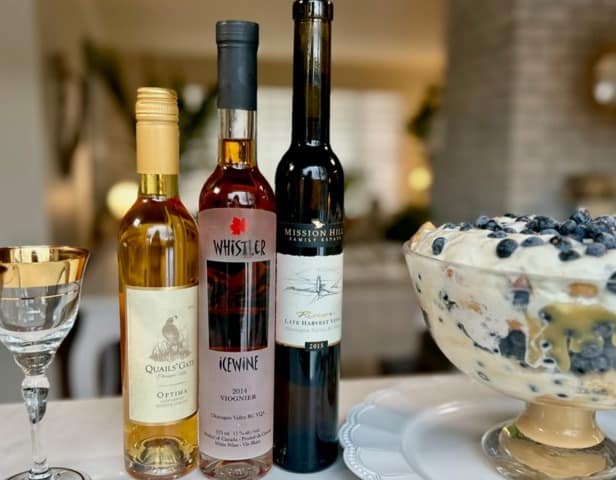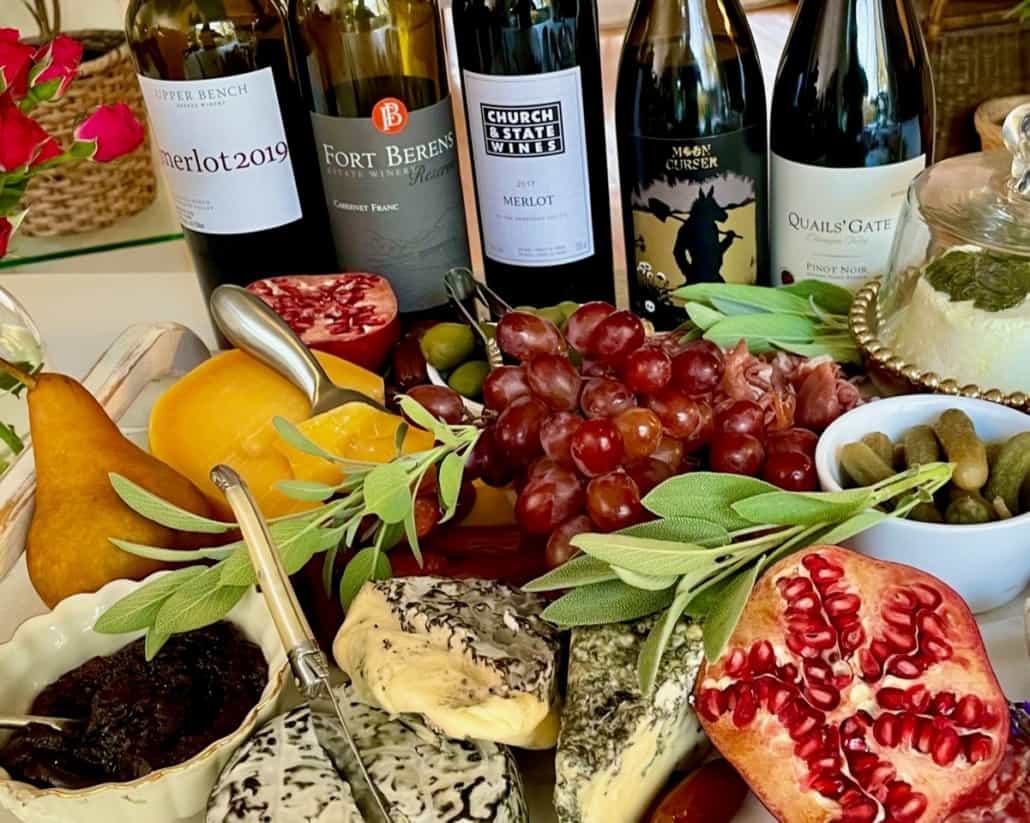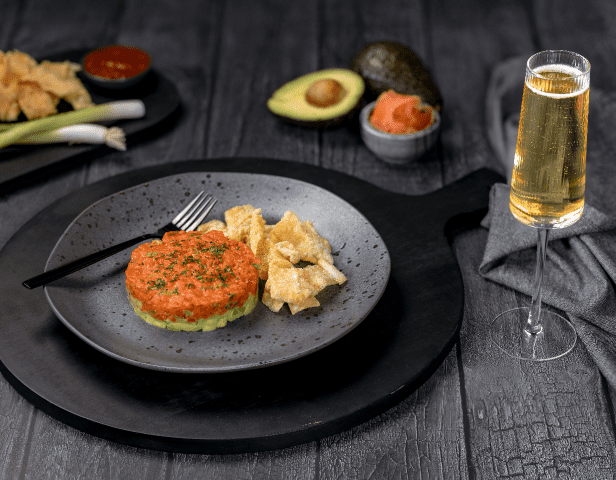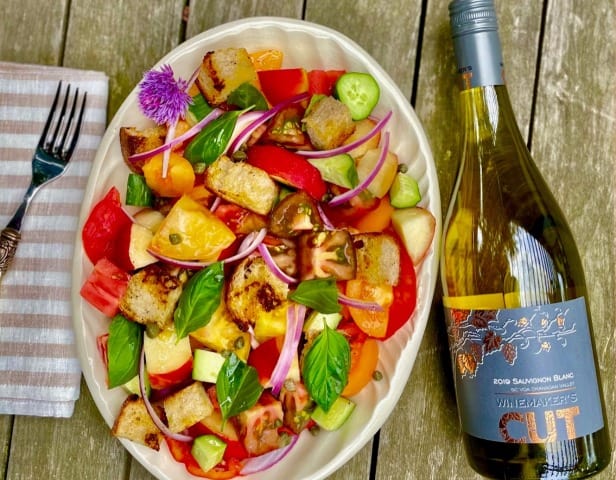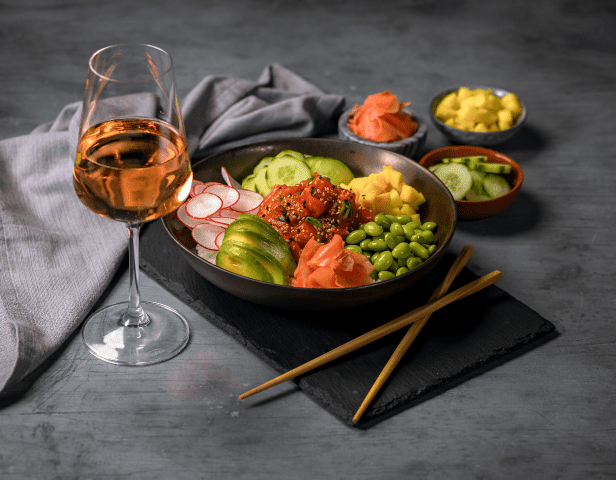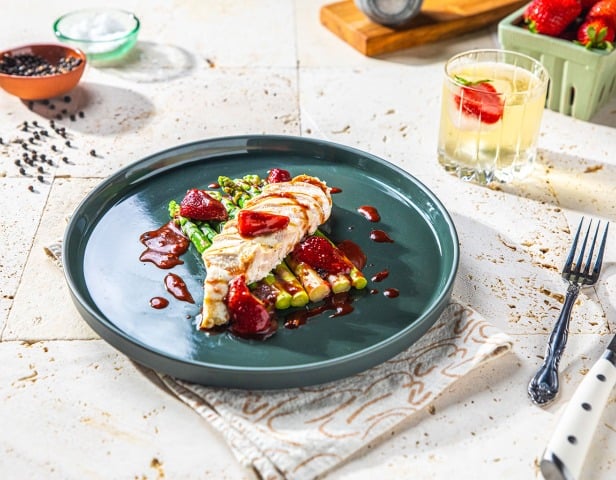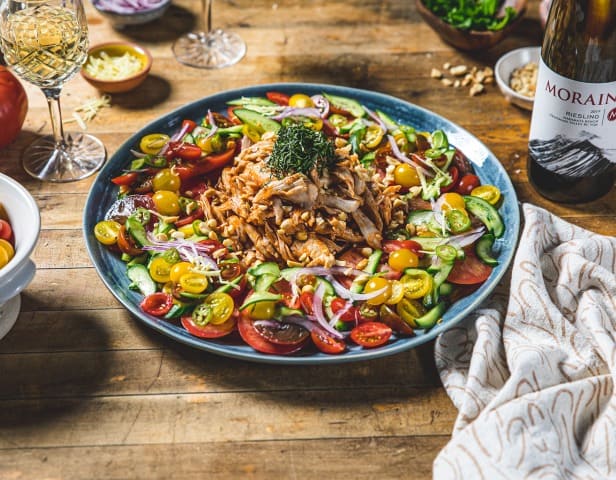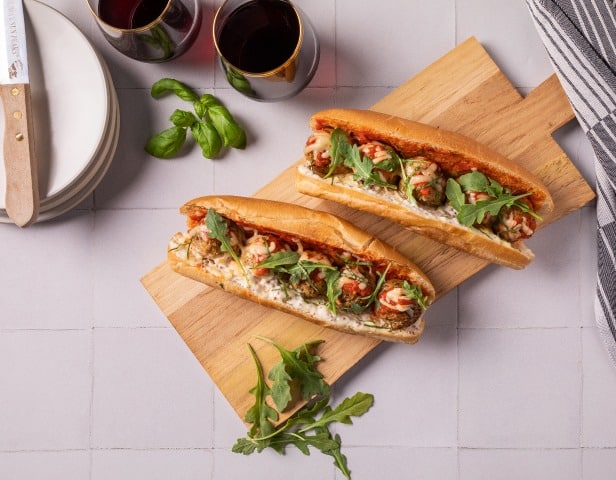BC wine and food pairings
Pair local with local
Tips For Your Wine And Food Pairing
Cabernet Franc
BC versions are outstanding and very versatile food wines. Try it with roast chicken, pork, roasted or grilled, beef, duck, sausage, lamb, veal, hearty fish dishes and even hard or soft cheese.
Cabernet Sauvignon
Cabernet Sauvignon stands up beautifully to virtually all red meats, whether served simply with “jus” or rich, reduced sauces. Fine, older Cabernets are excellent accompaniments to special occasion meals, while younger ones match simpler fare.
Merlot
Merlot pairs well with red meats. It has the weight and fruit to match wine-braised stews and roasts, and the structure and polish to pair with rare, grilled prime cuts.
Pinot Noir
Pinot Noir’s greatest strength is its suppleness. Without the hard tannic structure found in many red wines, it pairs effortlessly with a wide range of foods—from fish through game birds to grilled beef and lamb. Don’t overwhelm its gentle fruits and refined complexity with strong or spicy flavours; simply prepared dishes are best.
Gamay Noir
Gamay is a cousin of Pinot Noir so you can try it with foods that pair well with Pinot. Try lighter and medium bodied dishes, especially those with some acidity.
Syrah Shiraz
Syrah/Shiraz has a unique peppery, spicy quality that makes it perfect to pair with robust meat dishes including peppercorn steak and braised lamb shanks. For the adventurous, try pairing it with a slightly spicy ethnic dish such as Mexican mole or lamb korma.
Pinot Gris
Very adaptable with the structure to stand up to Asian, Oriental and Latin flavours. A perfect anytime choice.
Chardonnay (Oaked)
Rich dishes with butter or cream sauces. Nice with chicken, crab, white fish, salmon, scallops and veal.
Gewürztraminer
Its intense, exotic aromas and flavours seem ideally suited to spicy cuisines from China to Thailand to India, and it stands up equally well to the fruitiest salsas and smokiest grilled and barbecued flavours of contemporary North American cuisine.
Pinot Blanc
These white wines are light-bodied and dry, with delicate acidity and subtle aftertaste, making them great to serve with lighter fare. Typical characteristics include fresh orchard aromas, distant nuances of sage or dried herbs, green apples and citrus notes.
Riesling
The most fruit-driven examples take well to barbecued or smoked foods and a wide variety of fruity and subtle spicy flavours. Sweeter Rieslings can also handle chili heat.
Sauvignon Blanc
It is excellent with shellfish or light, subtle dishes or, in its oak-aged versions, with richer fare.
Sparkling Wine

Very adaptable with the structure to stand up to Asian, Oriental and Latin flavours. A perfect anytime choice.
The most versatile of all wines! Appetizers, caviar, eggs, fried food, oysters, popcorn, salty food, smoked salmon, sushi – almost anything goes, but never stronger than the wine itself.
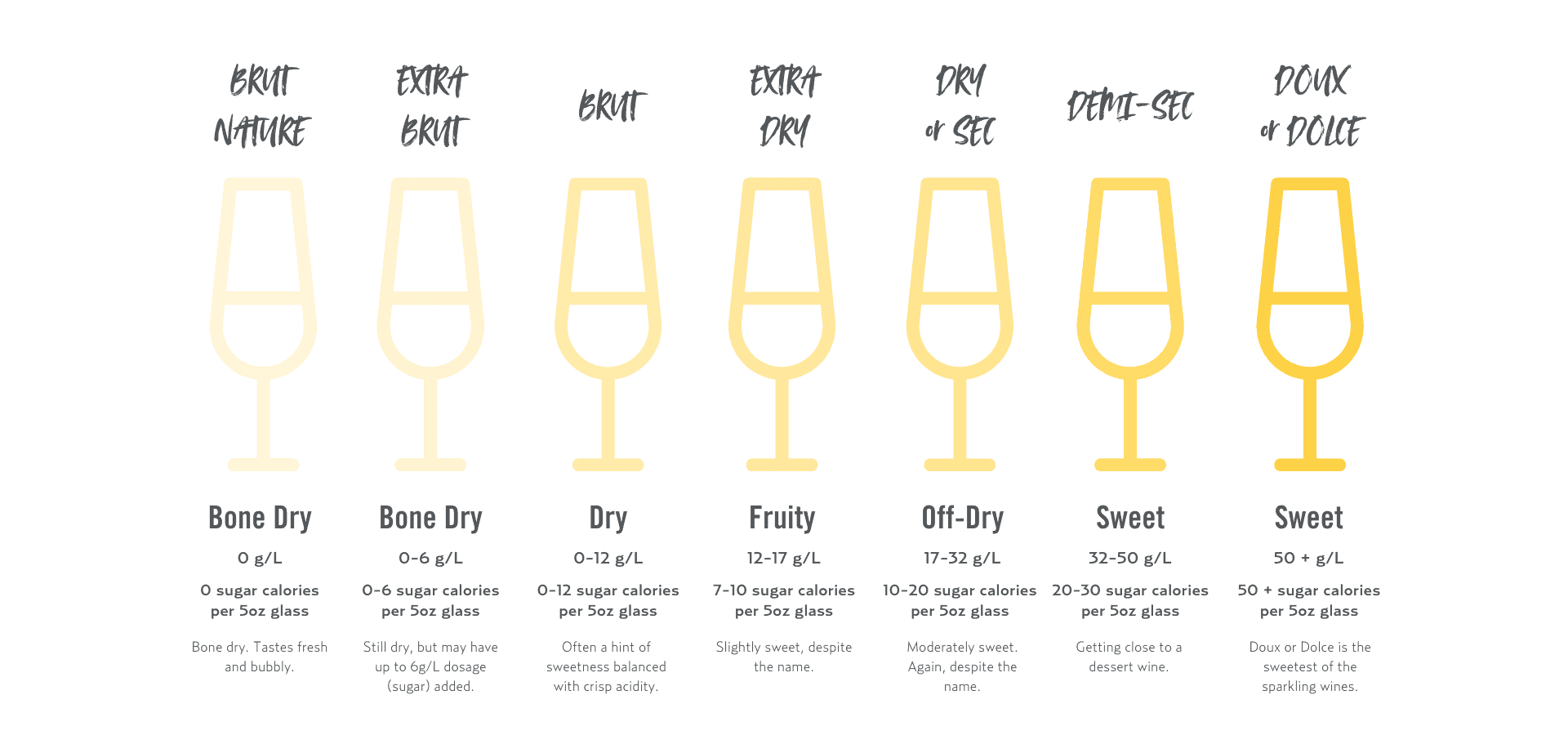
Rosé

Like sparkling wines, Rosé wines are all-around crowd pleasers these days. Charming on their own (particular during patio season) or paired with a variety of dishes, try pairing a dry Rosé with antipasto platters, melon and prosciutto, cheese platters, pizza, salad niçoise, roast turkey or chicken.
Icewine Late Harvest

When pairing Icewine or Late Harvest, remember that the wine should be as sweet or sweeter than your dessert, and that sweetness cuts through fat. Feeling saucy? Try drizzling some Icewine over your ice cream. Adventurous? Pair with a salty or spicy appetizer.

Explore
Wine & Recipe Pairings
Very adaptable with the structure to stand up to Asian, Oriental and Latin flavours. A perfect anytime choice.
Chardonnay paired rich butter or cream sauces. Nice with chicken, crab, white fish, salmon, scallops and veal.
Its intense, exotic aromas and flavours seem ideally suited to spicy cuisines from China to Thailand to India, and it stands up equally well to the fruitiest salsas and smokiest grilled and barbecued flavours of contemporary North American cuisine.
Features crisp acidity, light to medium body, and refreshing flavors. It is made from the Pinot Gris grape variety and is known for its versatility and easy-drinking nature.
The most fruit-driven examples take well to barbecued or smoked foods and a wide variety of fruity and subtle spicy flavours. Sweeter Rieslings can also handle chili heat.
It is excellent with shellfish or light, subtle dishes or, in its oak-aged versions, with richer fare.
BC versions are outstanding and very versatile food wines. Try it with roast chicken, pork, roasted or grilled, beef, duck, sausage, lamb, veal, hearty fish dishes and even hard or soft cheese.
Cabernet Sauvignon stands up beautifully to virtually all red meats, whether served simply with “jus” or rich, reduced sauces. Fine, older Cabernets are excellent accompaniments to special occasion meals, while younger ones match simpler fare.
Merlot pairs well with red meats. It has the weight and fruit to match wine-braised stews and roasts, and the structure and polish to pair with rare, grilled prime cuts.
Pinot Noir’s greatest strength is its suppleness. Without the hard tannic structure found in many red wines, it pairs effortlessly with a wide range of foods—from fish through game birds to grilled beef and lamb. Don’t overwhelm its gentle fruits and refined complexity with strong or spicy flavours; simply prepared dishes are best.
Gamay is a cousin of Pinot Noir so you can try it with foods that pair well with Pinot. Try lighter and medium bodied dishes, especially those with some acidity.
Syrah/Shiraz has a unique peppery, spicy quality that makes it perfect to pair with robust meat dishes including peppercorn steak and braised lamb shanks. For the adventurous, try pairing it with a slightly spicy ethnic dish such as Mexican mole or lamb korma.
The most versatile of all wines! Appetizers, caviar, eggs, fried food, oysters, popcorn, salty food, smoked salmon, sushi – almost anything goes, but never stronger than the wine itself.
Like sparkling wines, Rosé wines are all-around crowd pleasers these days. Charming on their own (particular during patio season) or paired with a variety of dishes, try pairing a dry Rosé with antipasto platters, melon and prosciutto, cheese platters, pizza, salad niçoise, roast turkey or chicken.
When pairing Icewine or Late Harvest, remember that the wine should be as sweet or sweeter than your dessert, and that sweetness cuts through fat. Feeling saucy? Try drizzling some Icewine over your ice cream. Adventurous? Pair with a salty or spicy appetizer.
Wine BC App
Meet Your BC Wine Companion

Match Intensity
Pair bold cheeses with full-bodied wines and lighter cheeses with lighter wines.
Consider Texture
Pair creamy cheeses with crisp wines for contrast, while pairing hard cheeses with tannic wines.
Balance Flavors
Complementary flavors, such as fruity wines and nutty cheeses, or acidic wines and creamy cheeses.
Experiment
Don’t be afraid to experiment with different combinations to discover your preferences.
Local Pairings
Explore regional pairings by matching wines and cheeses from the same area.
Serve at the Right Temperature
Ensure both the wine and cheese are served at their optimal temperatures.
Wine & Cheese
BC wine & cheese pairing tips

Match Intensity
Pair bold cheeses with full-bodied wines and lighter cheeses with lighter wines.
Consider Texture
Pair creamy cheeses with crisp wines for contrast, while pairing hard cheeses with tannic wines.
Balance Flavors
Complementary flavors, such as fruity wines and nutty cheeses, or acidic wines and creamy cheeses.
Experiment
Don’t be afraid to experiment with different combinations to discover your preferences.
Local Pairings
Explore regional pairings by matching wines and cheeses from the same area.
Serve at the Right Temperature
Ensure both the wine and cheese are served at their optimal temperatures.
